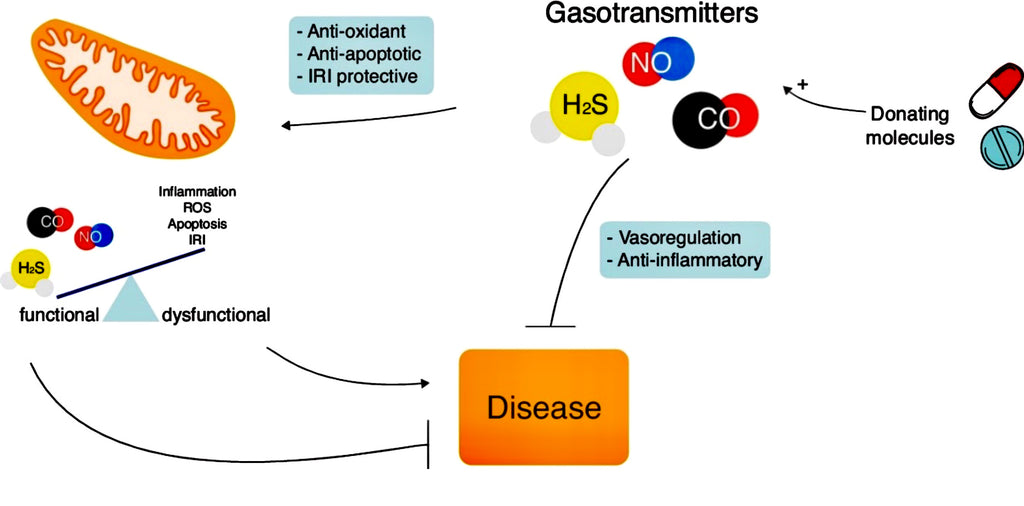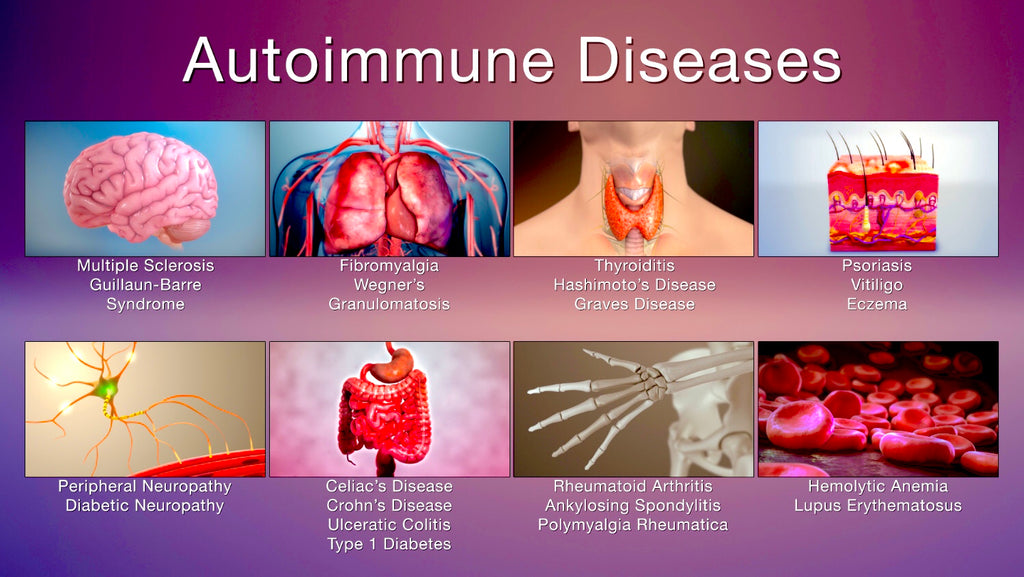Your Brain on EVOO, Part II - Blog #4

6/5/2020
Hi Everyone! Happy Friday. I hope last week’s blog gave you food for thought. Thank you so much for your comments and questions!
“Is there a recommended amount of EVOO per day for brain health?” (L Allen) Thanks for the great question! So far, most studies have been using about 2T EVOO. Reports on liver/pancreas cleansing dose at about 4T to achieve results. There are no current recommendations specific to brain health, but I expect we should have some in the near future.
Okay! Now that we have a better understanding of what the brain is made of and what its function is, let’s take a look at what happens when things go wrong. Acute injury is a current traumatic event that causes damage to the brain, such as TBI (traumatic brain injury) and CVA (Cerebrovascular Accident, or stroke). Chronic injury is due to multiple small injuries that occur gradually over time causing progressive damage to the brain. Falling under the latter category are several neurological diseases prevalent in our society, such as AD (Alzheimer’s Disease) and PD (Parkinson’s Disease). According to Medical News Today, AD is #6 in the top 10 leading causes of death in the US. There were 121,404 deaths from AD in 2017. I’ll focus this week on these chronic neurological diseases: AD, PD, dementia and Lewy Body Dementia (LBD). Next week we’ll look at CVA, depression, MS (multiple sclerosis), ALS (Amyotrophic lateral sclerosis, or Lou Gehrig’s disease) and possibly touch on some others if time allows!
Let’s start with the number 1 chronic neurological disorder affecting Americans, Alzheimer’s Disease (AD). It is one of several neurodegenerative disorders associated with high morbidity and little to no effective options for treatment. According to the NIH (National Institute of Health) AD is the most common form of dementia, affecting 27 million worldwide. “The Alzheimer’s Association estimates that 5.8 million people have Alzheimer’s disease in the United States.” These statistics were from 2019 from the Texas Department of State Health Services. In Texas, 390,000 people age 65 and older have Alzheimer’s disease. This represents 10%!! SAY WHAT?!! And...that number is much worse in adults 85 and older at a staggering 32%! There are also 200,000 people under age 65 that have earlier onset AD. If you haven’t seen the movie "Still Alice" starring Julianne Moore, you seriously need to see this. Unfortunately, women are more affected than men, but it is speculated that it is because women live longer. So, sorry guys, but most of you won’t be around to see us girls mess up. LOL. So, what’s really going on here?
Alzheimer’s Disease is characterized by the buildup of amyloid-B plaques (proteins) and tau neurofibrillary (tangled nerves), resulting in loss of neurons and their connections. Once these connections are lost, they are gone for good. Initially, AD destroys neurons involved in memory. It progresses to areas in the cerebral cortex responsible for language, reasoning and social behavior (NIH). As AD spreads through the brain, additional areas and lobes become affected. This is a terrible situation. Our brains are literally filling up with piles of plaques, and the neurons become damaged and tangled up. Think of this pretty much like piles of trash sitting all over your computer wiring and causing water damage to your hard drive. Umm. No recovery. I don’t know about you, but I want to keep my hard-wiring intact! Thank you very much!
Let’s take a look at what EVOO does to help prevent the accumulation of proteins, nerve tangles and oxidative stress. According to ACS Chemical Neuroscience (ACS Publications), “numerous clinical and preclinical studies have suggested several health promoting effects for the dietary consumption of extra-virgin olive oil (EVOO) that could protect and decrease the risk of developing Alzheimer’s disease (AD).” Oleocanthal appears to be the phenolic component in EVOO that prevents amyloid-B proteins to aggregate (group together to form plaques), enhances the clearance of these proteins from the brain across the blood-brain barrier (BBB). The anti-inflammatory effects of oleocanthal were clearly seen in the study to reduce activation of cells that respond by producing the inflammatory response leading to AD. In 2015, the “lymphatic” system of the brain was discovered. We have known for a long time about the lymphatic system of the body, and that it is part of the immune system. However, this system doesn’t cross the BBB. Scientists feel that discovering this system in the brain could help find a cure for AD. The current view is that the blood vessels get clogged up with amyloid-B and tau tangles that are a consequence of inflammation. Oleocanthal reduces inflammation, activates removal of these harmful proteins from the brain, thus keeping our brains functioning optimally. Now, this all happens primarily when we sleep. One scientist is using fluorescent tracers to study movement of particles from the brain to lymph located elsewhere in the body in mice. This portion of the brain lymphatic system is being termed “glymphatic system” (due to glial cells). “The glymphatic system is like a ‘dishwasher’ for the brain. When we sleep, the brain cells actually become smaller, forcing more fluid out through the glymphatic vessels,” says Nedergaard (one of the scientists in this study). WOW!! This is really enlightening. Now that we understand what is happening in AD, we have a way to battle it! Oleocanthal is found specifically in EVOO. You can’t get this anywhere else. I don’t know about you, but if I drink EVOO daily and get plenty of water and sleep, it will go a long way in preventing AD!!
Now, let’s take a look at the number 2 most prevalent chronic neurodegenerative disorder, Parkinson’s Disease (PD). According to the Parkinson’s Foundation, about 60,000 Americans are diagnosed with PD every year and more than 10 million worldwide. The Parkinson’s Prevalence Project estimates that 1.2 million people in the US will suffer from PD by 2030. WHAT?? That’s astonishing! I had no idea PD is so prevalent. Financially, the cost is about $52 billion annually. So, how do you get this and what IS Parkinson’s Disease? Researchers are not sure. About 10% are due to genetics. A significant body of evidence supports environmental contributors, with exposure to pesticides at the top of the list. (Hmm...You think it might be beneficial to buy organic?) Parkinson’s Disease results when the following two things happen:
1) Cells that produce dopamine start to die. Now, dopamine is a very important neurotransmitter (messenger). It is involved in many brain functions and is a feel good neurotransmitter. Our brain releases dopamine “when we eat food that we crave and while we have sex” (Psychology Today). It boosts mood, motivation and attention, learning, regulates movement and emotional responses. It is produced by cells in an area of the brain called the substantia nigra (SN), which means black substance. There are actually two SN, one on each side of the brain stem.
2) The presence of Lewy bodies. These are globs of a protein called alpha-synuclein(a-Syn). The aggregation of these proteins is a concentration-dependent process (Journal of Biological Chemistry). A paper from Cambridge, MA in Dec 4 Molecular Cell 2018 “identified SCD inhibitors as protective against a-Syn toxicity. The researchers have obtained a grant from the Michael J. Fox Foundation to test SCD inhibitors in mouse models. It is currently unclear how the mechanism of cell’s lipid composition affects theses a-Syn properties. “When monounsaturated fatty acids, such as Oleic, slide into membranes, the lipid bilayers become more fluid.” In a normal brain, these are removed while we sleep (brain’s housecleaning time). Hmm...What do you think sleep deprivation does to us? There’s a reason why our brain is foggy.
So, let’s break this down. In a normal brain, dopamine is the messenger that sends signals to other parts of the brain, resulting in smooth purposeful movement. When cells that produce dopamine die, dopamine levels drop, resulting in tremor, rigidity, impaired balance, loss of spontaneous movement, hallucinations and/or delusions. How awful.
So, what in the world causes these cells to die? Researchers feel Lewy bodies are likely responsible for the death of these cells. Lewy bodies are also found in other brain areas that play a role in anxiety and depression. When Lewy bodies are found in the cortex (responsible for cognition, planning, executive function), they are thought to cause dementia. A study that examined the location of Lewy bodies in the brains of post-mortem patients with early stages of PD, they found that “Lewy bodies progress in a predictable manner from one brain region to another.” (PD Feb 2017) This is called Braak staging. According to this staging system, the first areas to be affected are part of the autonomic nervous system that controls the gastrointestinal organs, part of the brain stem that regulates digestion, heart function, breathing and our olfactory system. What does this tell us? Some of the first symptoms of PD are constipation and loss of smell. Damage and death to neurons affects other areas of the body as well resulting in sleep disruption, impaired movement and balance, anxiety, depression, reduced blood pressure, increased salivation and sweat. OMG...
So, what about Lewy Body Dementia (LBD)? It is a type of progressive dementia caused by abnormal microscopic deposits that damage the brain over time. It leads to a decline in thinking, reasoning and independent function. LBD is a degenerative condition, similar to Alzheimer’s, but happens faster. The symptoms overlap between AD and PD with changes in thinking, reasoning, confusion, variations in alertness, slowness, gait imbalance, parkinsonian movement features, visual hallucinations, delusions, sleep disturbances, memory loss, malfunctions of the ‘autonomic’ nervous system along with others. This sounds terrible. This is one type of dementia. “Dementia is an overall term for diseases and conditions characterized by a decline in memory, language, problem-solving and other thinking skills that affect a person’s ability to perform everyday activities.” More than 3 million cases of dementia are diagnosed in the U.S. every year. Of course, there are varying degrees of dementia.
Okay, I’m not going to lie. This is a LOT to take in. Let’s take a look at what EVOO can do to help. It is well-documented that one of the major contributing factors to dementia, AD and PD is oxidative stress. ”Oxidative stress is an imbalance between accumulation and removal of reactive oxygen species (ROS). (International Journal of Molecular Sciences). They found that Oleocanthal significantly reduced intracellular ROS levels, protecting differentiated human neuroblastoma cells from oxidative stress.
There also appears to be a pattern with these diseases involving protein plaques (very similar scenario happening in the blood vessels leading to heart attack and stroke) being laid down in areas of the brain causing havoc and cell death, and resulting in any, any combination or all of these diseases. “Protein misfolding and aggregation into fibrillar deposits is a common feature of a large group of degenerative diseases affecting the central nervous system or peripheral organs, termed protein misfolding disorders (PMDs).” PMDs include AD, PD, ALS, Type 2 Diabetes, systemic amyloidosis and others. (International Journal of Molecular Sciences). Their observations agree with other studies that “oleocanthal counteracts neurodegenerative diseases by enhancing the clearance of misfolded proteins like amyloid-B, phosphorylation tau, and a-synuclein [27,43,44].”
Seriously?? This is awesome news!! The antioxidants in high polyphenol olive oil help to prevent these neurological diseases. OMG. There is hope...
Okay everyone. Let’s keep our membranes flowing, brain’s cleaning system activated, hydrated and anti-oxidized! Drink your high polyphenol EVOO, get plenty of sleep, water, exercise...and I’ll meet you back here next week!!







Comments (1)
I was diagnosed with bulbar ALS in the summer of 2019; My initial symptoms were quite noticeable. I first experienced weakness in my right arm and my speech and swallowing abilities were profoundly affected. The Rilutek (riluzole) did very little to help me. The medical team at the ALS clinic did even less. My decline was rapid and devastating.if it were not for the sensitive care and attention of my primary physician I would have been deceased,There has been little if any progress in finding a cure or reliable treatment. Acupuncture eased my anxiety a bit. Our primary physician recommended me to www. kycuyuhealthclinic. com and their amazing ALS treatment. My symptoms including muscle weakness, slurred speech and difficulty swallowing disappeared after 4 months treatment! The herbal treatment is a sensation.